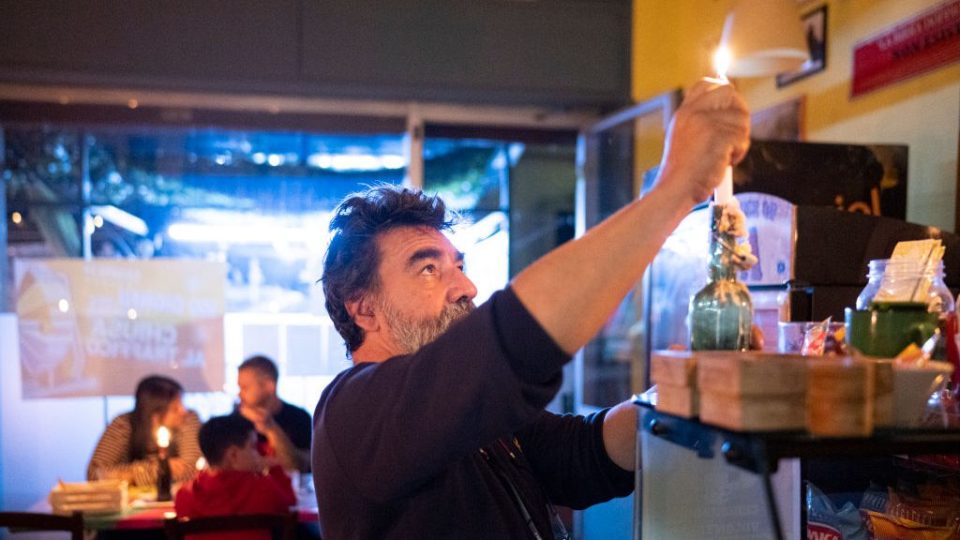As winter sets in across Europe, the real impacts of the worst energy crisis in a half century are starting to be felt by both industries and individuals.
In the United Kingdom, three-quarters of all households, or 53 million people, will be pushed into energy poverty by January, defined as having to spend 10 per cent or more of their net income on fuel.
Germany’s Office of Civil Protection and Disaster Assistance is urging households to stock up on battery-powered flashlights and candles, preparing meals on camp stoves and stocking up on “long-life foods that can be eaten cold,” as regular blackouts to reduce fuel demand has become a strong possibility.
Even Switzerland’s small population of under 9 million is being warned that they may have to leave their electric vehicles parked, and even turn off their game consoles and Christmas lights in the event of significant power shortages.
Even with our vast natural resources, Canadians haven’t been immune, with soaring energy prices impacting costs at the pumps, restaurants and grocery shelves.
Welcome to the global energy crisis of 2022. Hope you brought a sweater.
But how did we get here?
While many point to the February 2022 invasion of Ukraine by Russia, the seeds of the energy crisis had been sown years earlier, with some countries pushing a rapid phase out of fossil fuel production that hobbled investment into critical domestic oil and gas projects while ramping up energy imports from producers like Russia, despite its history of weaponizing natural resources.
The following is a timeline of today’s world energy crisis, which provides both a warning for Canada, as well as an opportunity to help our global partners by supplying the energy security they so desperately need.
2020 – 2021:
- The COVID-19 pandemic slows investment in new oil and gas development, spurred by reduced demand and crashing global oil prices.
Summer 2021:
- With global energy markets rebounding, Europe faces a wind drought, with the continent’s largest producers – Great Britain, Germany and Denmark – harnessing just 14 per cent of power capacity, compared to an average of about 20-26 per cent in previous years. With less wind power, demand for coal and natural gas rises, along with prices.
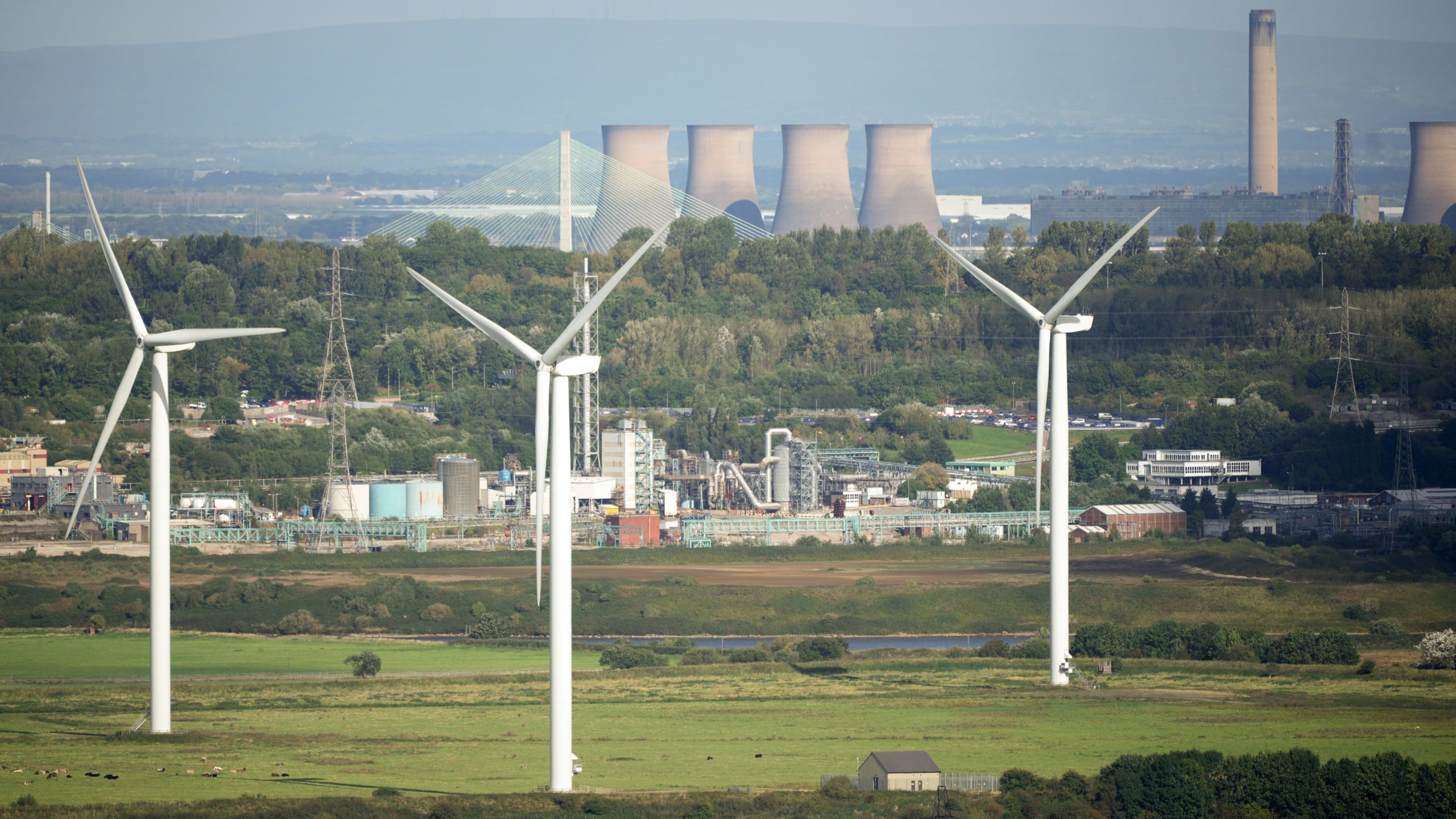
September 2021:
- Despite a growing array of nations agreeing to phase out coal, power generation from coal-fired plants reaches an all-time high, increasing by 8 per cent and accounting for more than half of the additional power demand in 2021. That growth, largely driven by Asia, results in record emissions from coal of more than 100 megatonnes over the previous peak in 2018.
November 2021:
- With elevated energy costs impacting prices at gas pumps and home heating bills, Washington withdraws 50 million barrels of oil from the U.S. Strategic Petroleum Reserve, the first of many such withdrawals in the months ahead. The SPR is maintained to ensure energy security in the event of global shortages of oil and gas.
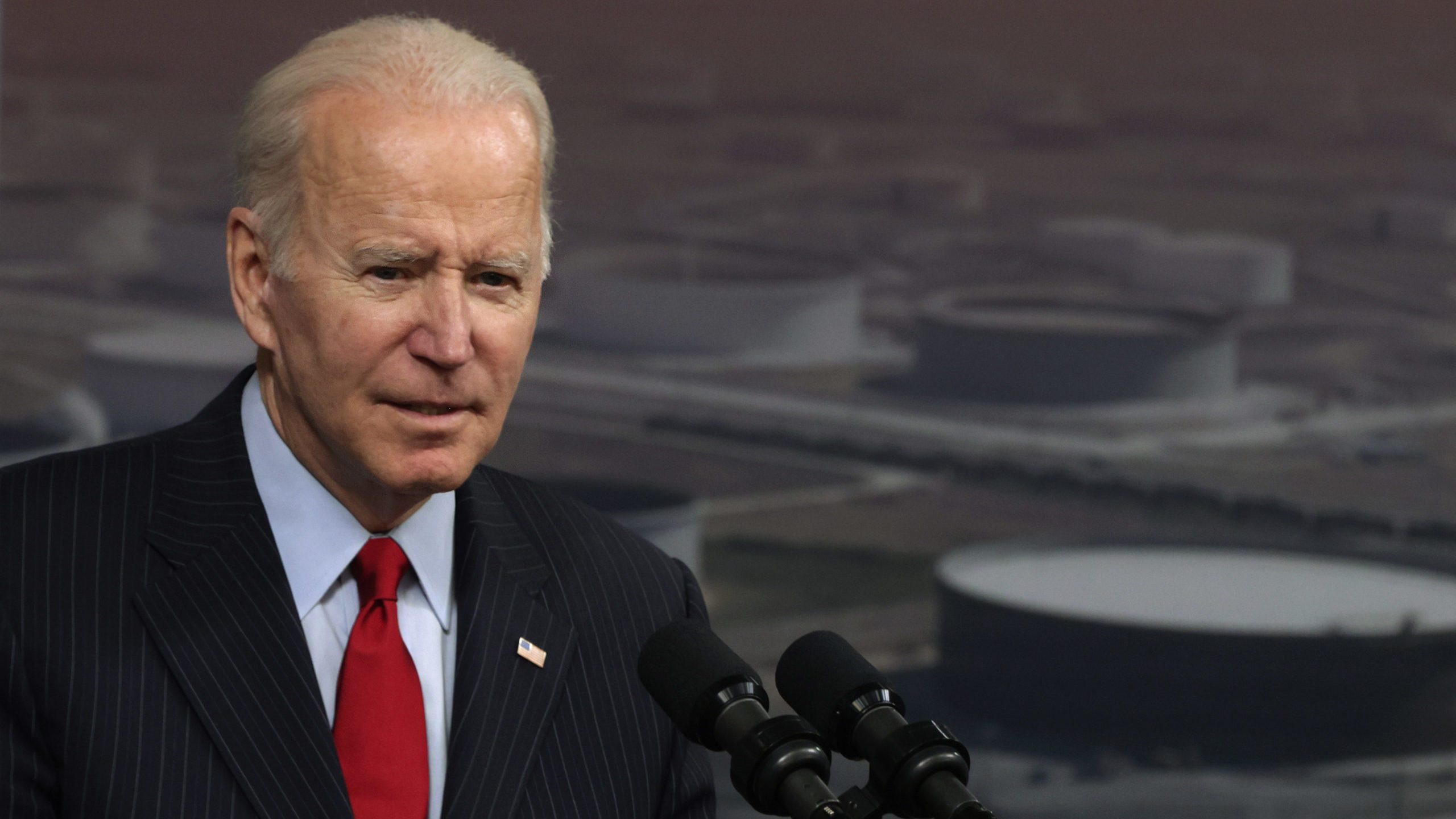
December 2021:
- Natural gas prices reach record highs with dire warnings prices could go even higher with Russian troops massing on Ukraine’s border.
January 2022:
- UK energy company OVO, one of Britain’s largest utilities, advises customers facing steep power bills to cuddle pets, leave ovens on and eat porridge to stay warm.
- A slowdown in natural gas exports from Russia to Western Europe results in a 30 per cent increase in gas prices, prompting International Energy Agency head Fatih Birol to accuse Russia of manufacturing the energy crisis by throttling supply and heightening “geopolitical tensions.”
- Birol identifies Canada is a preferred global oil and gas supplier and should take steps to ensure it remains so in the decades to come. “We will still need oil and gas for years to come… I prefer that oil is produced by countries… like Canada who want to reduce the emissions of oil and gas,” he says.
February 2022:
- Japan agrees to redirect some of its imports of liquefied natural gas (LNG) to Europe as increasing supply disruptions from Russia worsen as tensions grow with the west.
- As energy prices continue to soar in Europe, governments begin efforts to shield households and businesses via measures like subsidies and price caps.
- Following months of flaring tensions, Russian troops invade eastern Ukraine prompting widespread condemnation and raising concerns over how Europe’s dependence on Russian oil and gas could impact international response.
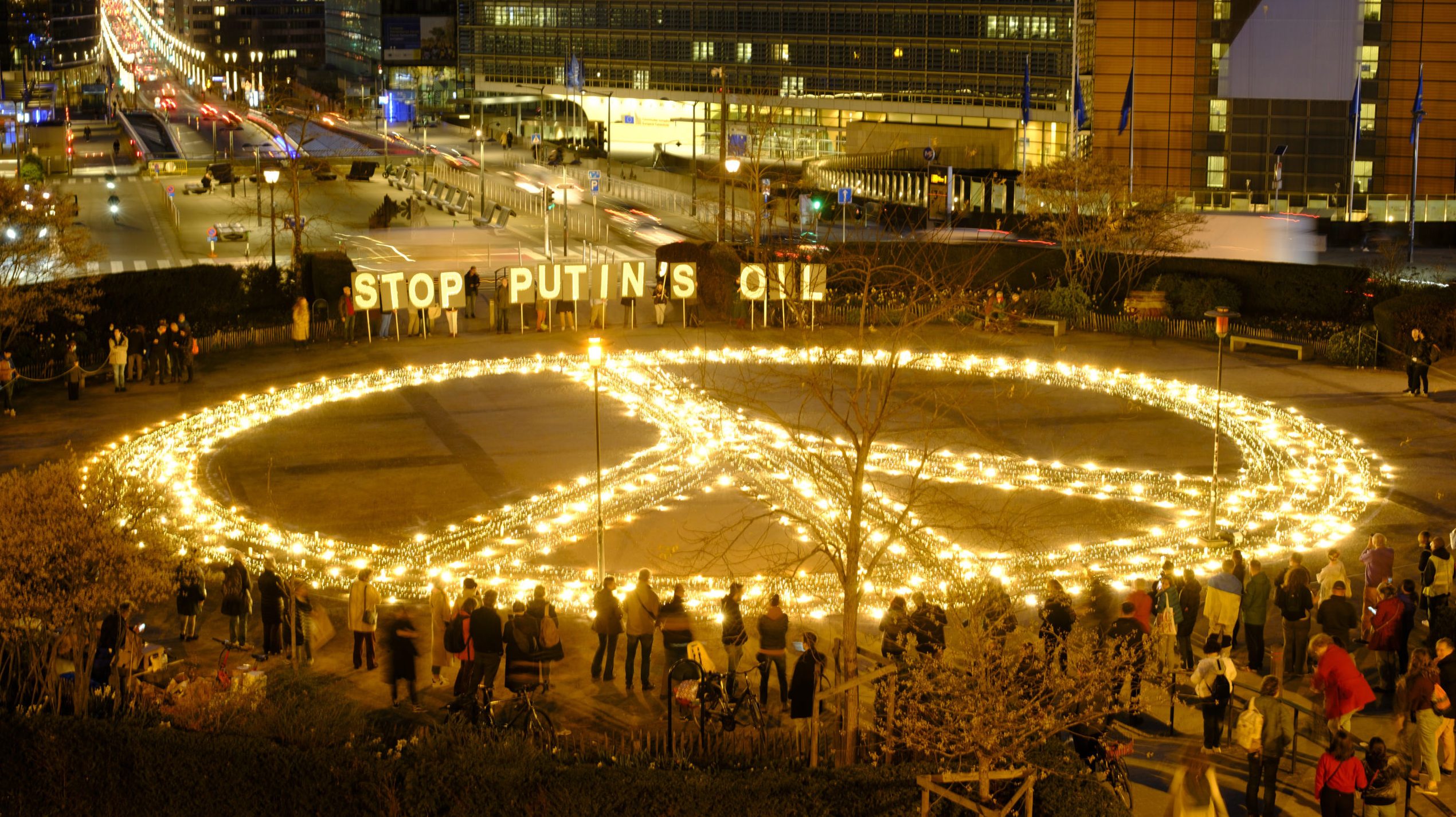
March 2022:
- The first economic sanctions against Russia are announced, with Canada and the U.S. quickly ordering a ban of oil and gas imports from Russia. Due to its heavier reliance on Russian energy, the EU takes a more cautious approach, agreeing to reduce purchases of Russian gas by two-thirds by the end of 2022.
- With the cost of gasoline and energy beginning to soar, Washington considers diplomatic talks with state-owned oil and gas producers in Venezuela, Saudi Arabia and Iran to help replace Russian energy impacted by sanctions.
- Days after Russia’s invasion, the U.S. administration orders the release of another 30 million barrels of oil from its Strategic Petroleum Reserve in an effort to boost global supply. By month’s end, Washington orders ongoing releases of an average of 1 million barrels of oil per day for the next six months to act as a bridge while “domestic production ramps up.”
April 2022:
- The World Bank warns the energy crisis will spark the largest commodity shock in 50 years, which will impact everything from energy to food to consumer goods.
- Decommissioned coal plants in Europe are brought back online while China begins to ramp up coal production in response to soaring energy costs.
- In a sign of things to come, European countries look at ways to ration energy, including in Italy, which bans schools and public buildings from setting air conditioning lower than 25C.
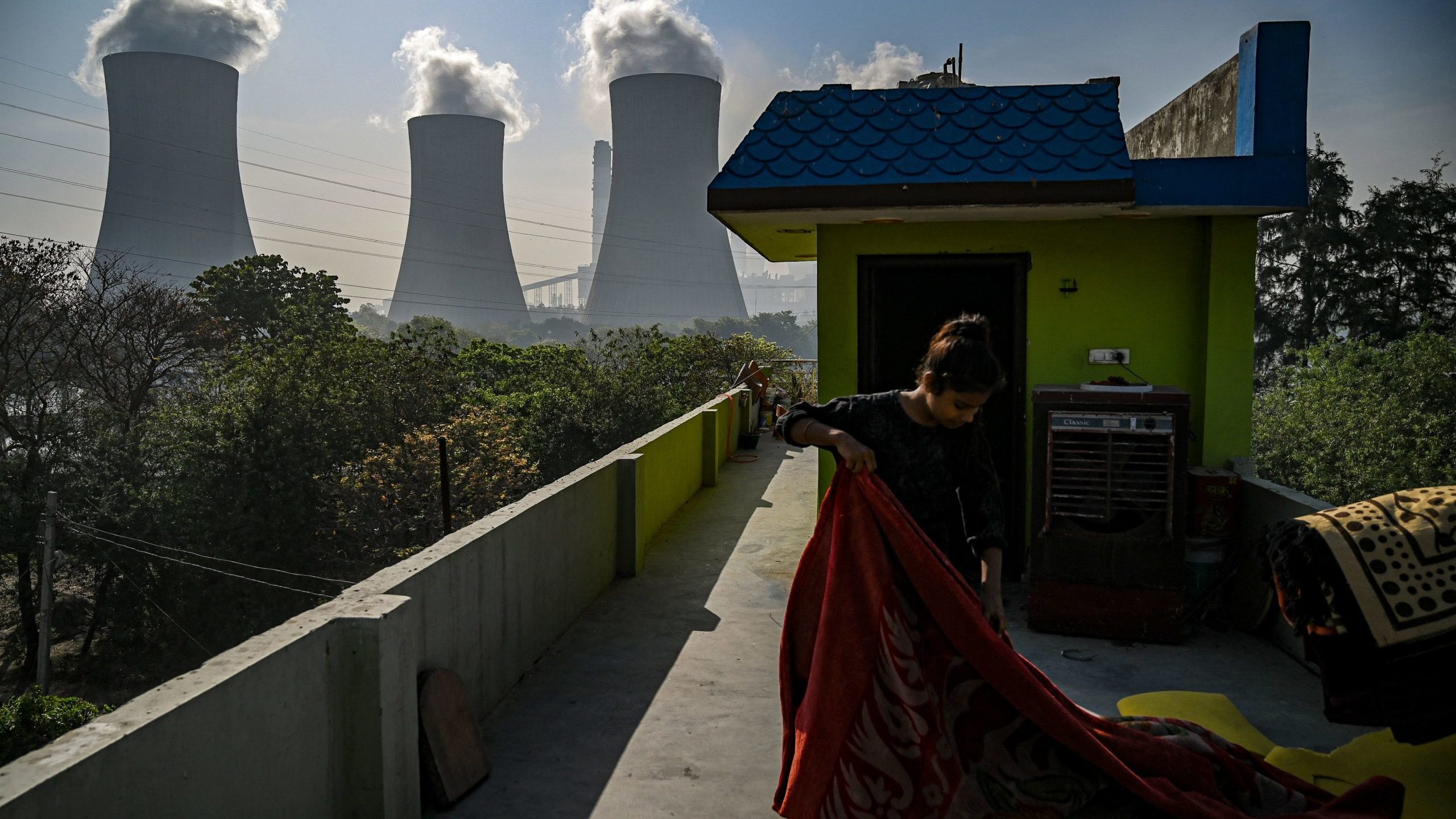
May 2022:
- Hungry for alternatives to Russian natural gas, European countries become major players on the global LNG import market, significantly driving up costs while pricing some LNG-reliant Asian countries out of the market.
- The Bank of America warns a further drop in supply of Russian oil and gas will likely trigger a global recession and wreak havoc on energy markets.
- Amid a heat wave and with domestic supplies tapped, India’s power ministry calls for more coal imports to stave off blackouts.
June 2022:
- Steel, chemical and fertilizer manufacturers begin shutting down European factories due to the impact of soaring oil and gas prices as well as growing concerns Russia may cut off energy supplies.
- After meeting in Germany, G7 leaders agree that increasing LNG deliveries is important and that “investment in this sector is necessary in response to the current crisis.”
- Soaring LNG prices force Pakistan to scrap energy contracts despite a worsening power crisis that prompts the government to order shopping malls and factories to close early in some cities.
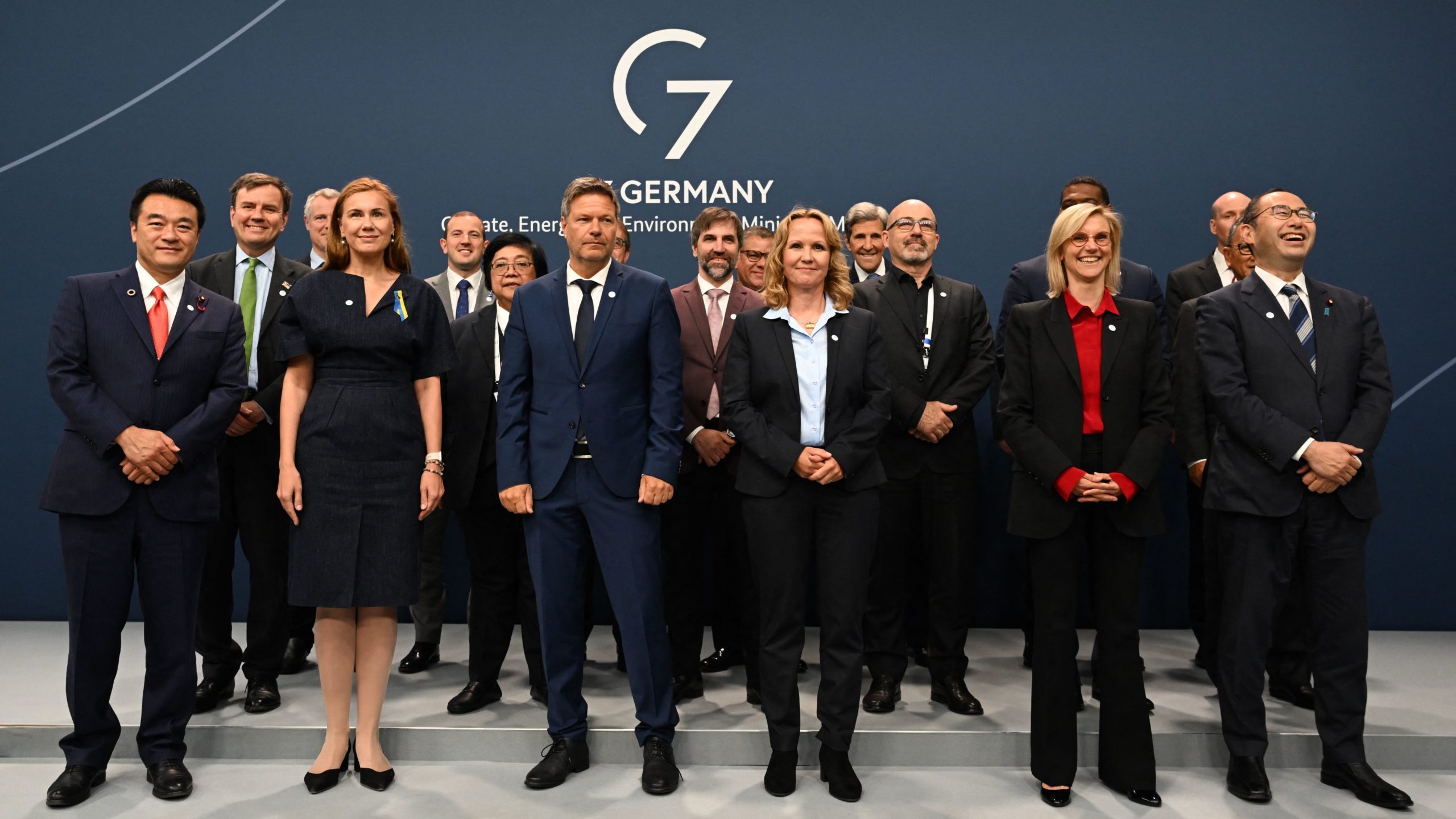
July 2022:
- Following a three-month economic crisis that saw Sri Lanka run out of all its fuel reserves after being unable to secure fresh supplies, President Gotabaya Rajapaksa flees the country, prompting thousands of protestors to storm the presidential palace.
- IEA head Birol warns the global energy crisis will continue to worsen in the months ahead, noting “The world has never witnessed such a major energy crisis in terms of its depth and its complexity.”
- European lawmakers vote to move ahead with a plan to label some nuclear and natural gas power as green energy, a major shift from previous EU policy.
August 2022:
- Despite western sanctions against Russian oil and gas sparked by its invasion of Ukraine, it’s expected Russia will see a 38 per cent increase on earnings from its energy exports compared to 2021, due to increasing purchases from Asian buyers and soaring energy prices.
- Skyrocketing energy prices across the U.K. are expected to take a heavier toll than the 2008 financial crisis, with more than half of all households at risk of falling into energy poverty.
- German Chancellor Olaf Scholz visits Canada hoping to secure a reliable supply of LNG, saying “As Germany is moving away from Russian energy at warp speed, Canada is our partner of choice. We hope that Canadian LNG will play a major role in this.” Despite the plea, Canadian Prime Minister Justin Trudeau expresses skepticism about the business case to supply LNG to Europe.
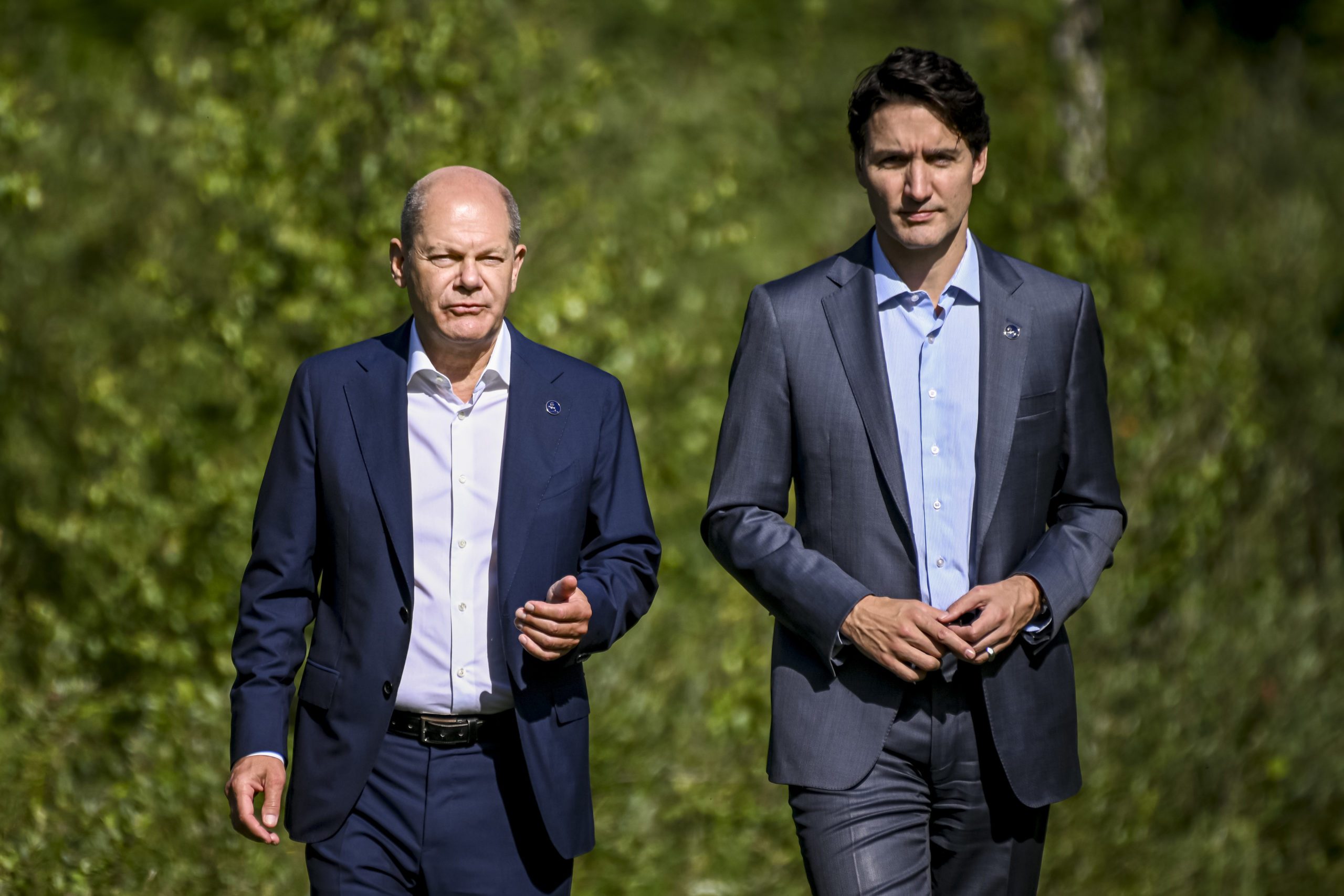
September 2022:
- The EU proposes a temporary windfall tax on profits for fossil fuel companies in order to raise $140 billion Euros to provide income supports or consumer rebates for member countries amid the energy crisis. The commission also suggests a requirement for countries to cut overall electricity demand by at least 10 per cent until the end of March.
- Claiming repairs are needed, Russia halts the supply of gas to Europe via its Nord Stream 1 pipeline, disrupting plans by Germany and other European nations to top up energy reserves before winter.
- Explosions in the Baltic Sea rupture both the Nord Stream 1 and Nord Stream 2 pipelines that connect Russia’s natural gas to Europe. It’s later determined the three massive leaks are the result of sabotage.
October 2022:
- Amid ongoing energy shortages, blackouts sweep across up to 80 per cent of Bangladesh after the national grid collapses, threatening to inflict severe damage to the economy of the world’s second largest exporter of clothing.
- The IEA’s 2022 World Energy Outlook predicts in the coming year some 75 million people around the world will lose access to electricity and another 100 million will have to go back to cooking with wood or dung.
- Despite the ongoing energy crisis, OPEC+ member countries, including Russia and Saudi Arabia, agree to slash oil production by 2 million barrels per day, citing “the uncertainty that surrounds the global economic and oil market outlooks.”
November 2022
- Global demand for floating LNG storage and regasification platforms skyrockets as countries look to boost their ability to boost imports of natural gas.
- The United Kingdom’s national electricity grid makes plans for planned blackouts for households between 4 p.m. to 7 p.m. on “really, really cold weekdays” over the winter months.
- Despite refusing to diplomatically recognize Venezuelan President Nicolas Maduro, the U.S. agrees to lift sanctions to allow it to resume oil imports from a nation its State Department describes as “marked by authoritarianism, intolerance for dissent, and violent and systematic repression of human rights and fundamental freedoms.”
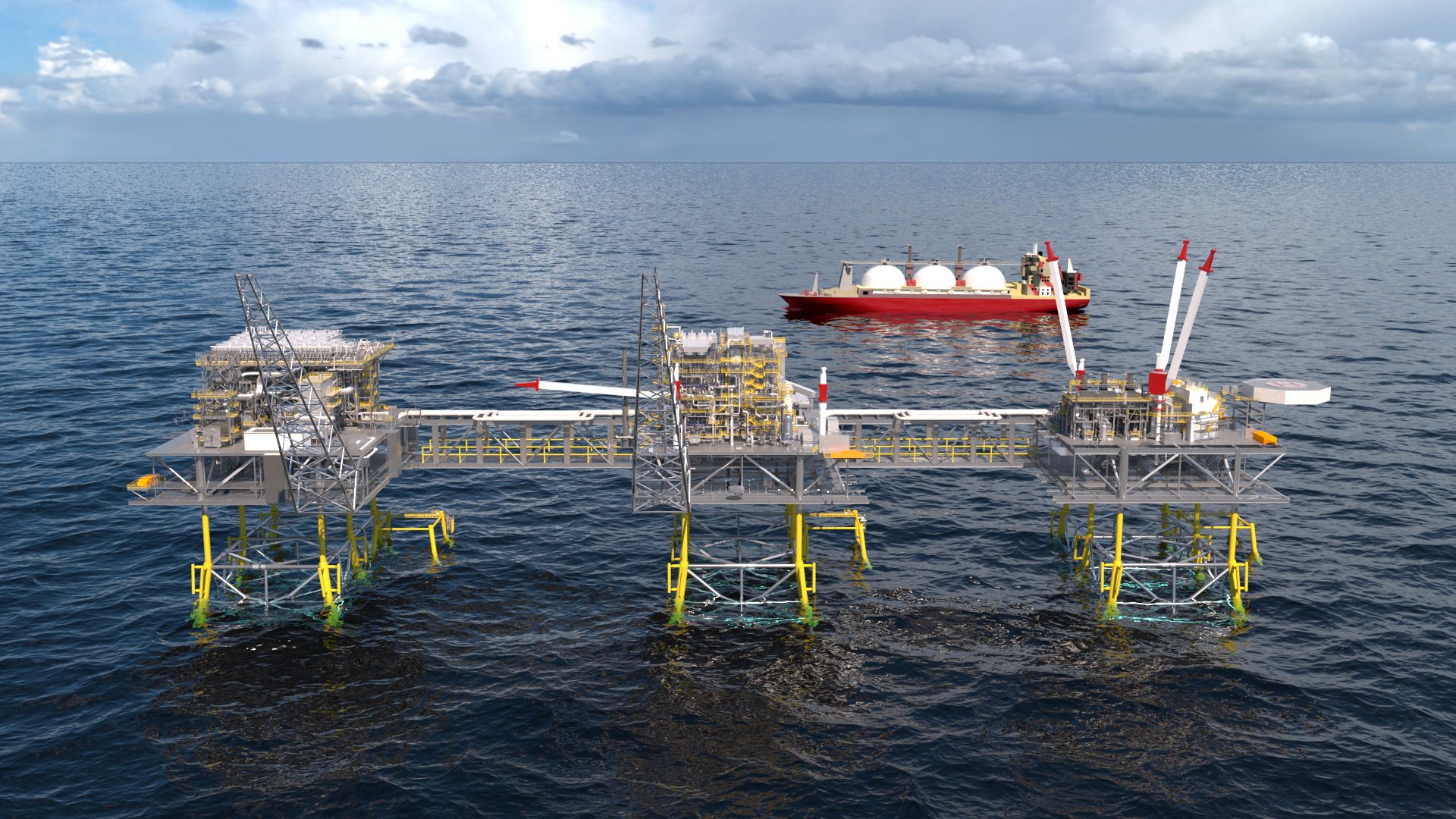
December 2022:
- The IEA warns EU countries face a potential shortfall of nearly 30 billion cubic metres of natural gas in 2023, about 7 per cent of its total consumption, potentially paving the way for the energy crisis to worsen next year.
- JP Morgan investment bank CEO Jamie Dimon warns Europe’s energy crisis could extend for several years due primarily to chronic underinvestment in oil and gas.
The unaltered reproduction of this content is free of charge with attribution to Canadian Energy Centre Ltd.
